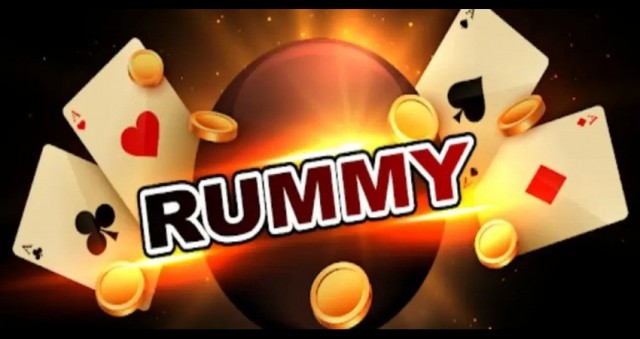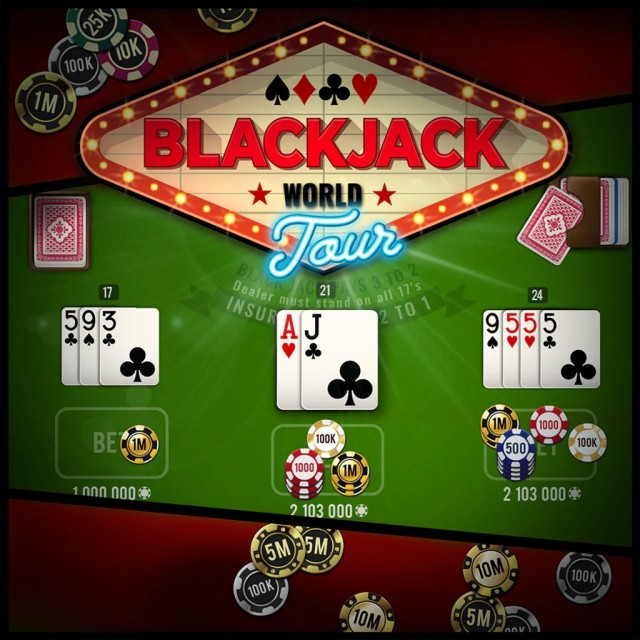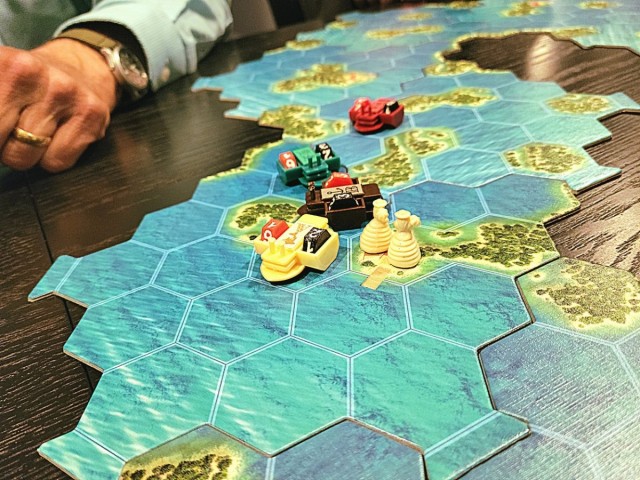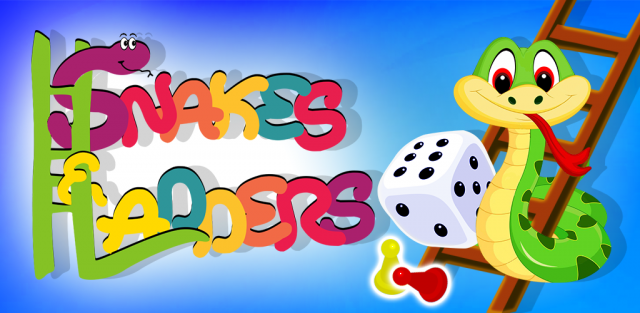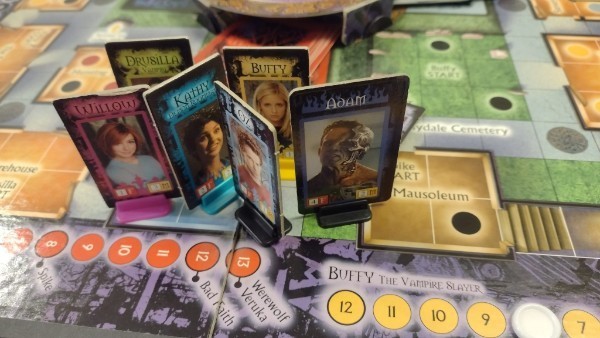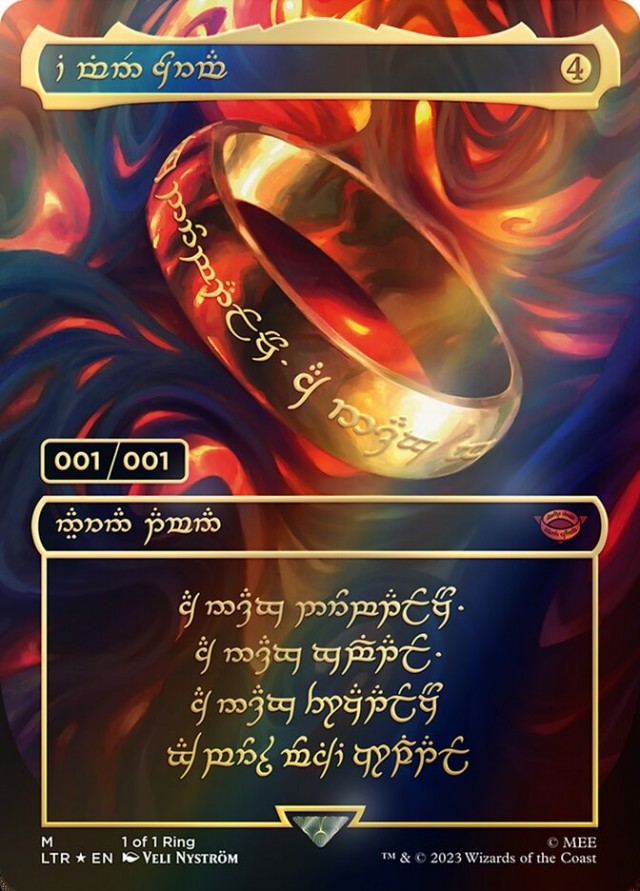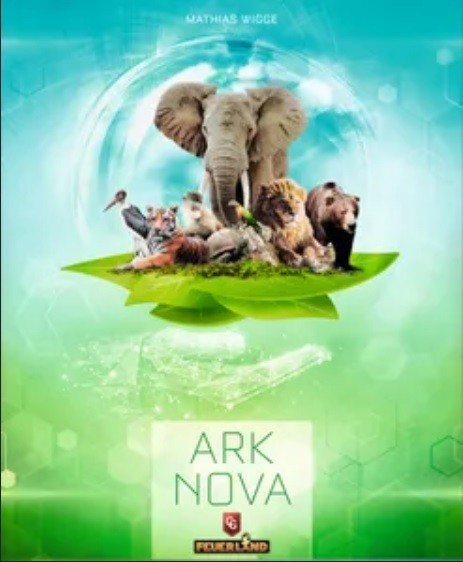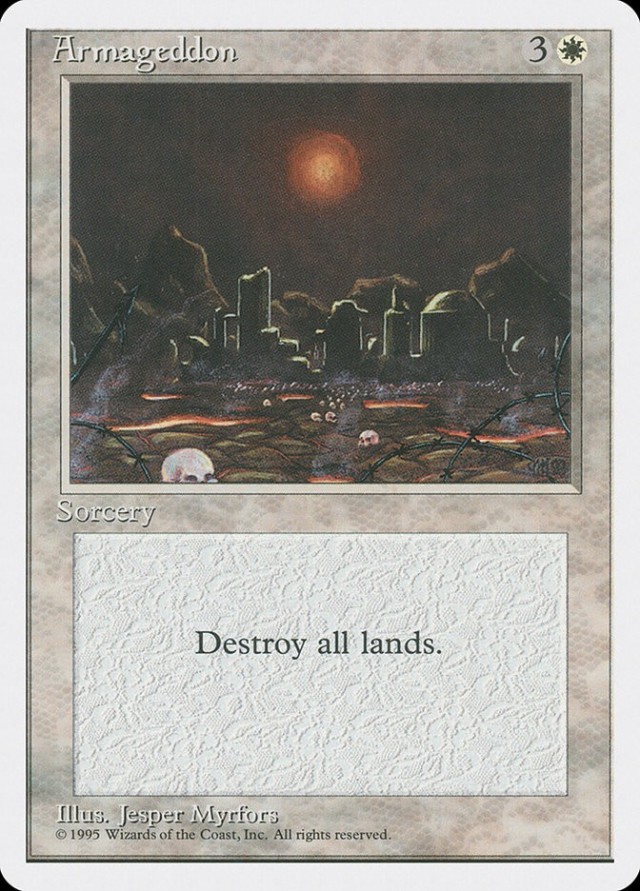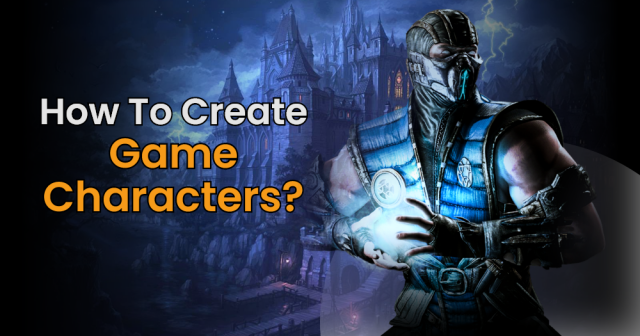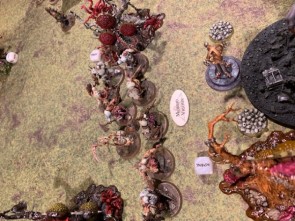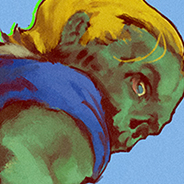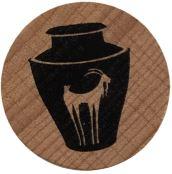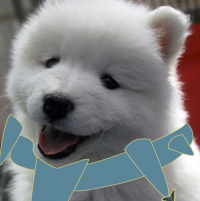My First Warhammer Tournament, An Autobiography, Part 6 and Conclusion: or, Total Bullshit and a Complete Travesty
Not everyone who works in the American pharmaceutical industry is a ghoulish horror scarecrow in the mold of a Martin Shkreli. I suspect that many such workers are like me inasmuch as they see in other people the spark of humanity, the need for connection, and the free exchange of ideas and body fluids that defines human life in fundamental ways, ways that would be trite to mention under any but a system of state-sponsored inhumane growth, such is described under capitalism and under forms of socialism run according to a capitalist growth model i.e. all extant large-scale fuck-ups so-named. I’ll go further is surmising that workers in American pharmaceuticals may also see a need higher-order transations such as that for kindness, fairness, heck, even the inevitable seizure of the means of production by those who actually, you know, produce stuff. Whatever. Who can speak for all of them? I have known writers in the pharma industry who were fundamentally decent people, but who understood clearly their small role in a system which is-- make no mistake--capricious, Malthusian, coldly intelligent and cruel, a shorthand for evil in our time. What distinguishes them, really, is a simple thing. They found a loophole that made their lives easier, and they took it. In other words, they have paid some percentage interest in the form of taxes into subsidies for this great evil, an investment hoarded by a profit-taking industry, for which they will never see a traditional return. Yet they made the system pay back in another way, by taking a job in said industry. Each may choose, or may never choose, to see the diabetic who loses access to insulin, or the immune-deficient unable to pay for chemical therapy, assured in the knowledge that, somewhere down the line, if such a person is fit to live, they will find their own loophole and exploit it. And so, up and down the American scale are advantages wrung out of the just-too-kind and the just-too-slow by the smart-enough, in ways small and big, dire and trivial, tragic and comical. And, wow, yes, there is a pleasure in loopholes just as there is a pleasure in all asymmetry. Thus it was that, the morning of the tournament, I found my own fun, cruel loophole.
I discovered that Cloud of Flies was not the same thing as Plague of Flies.
They looked the same, of course. Glancing over the Warscrolls of my Plaguebearers, who inherently had the gift of being harder to hit in large numbers, and my Lord of Blights, who made others harder to hit in large numbers, I has assumed that the Lord simply distributed the powers of my demons to my mortal minions—that is how the game usually worked, limiting through keywords the too-strong application of certain powers. But the Lord’s powers, I noticed in the 11th hour, had no such limitation. And, as the powers were two similar but different names, it meant they stacked. My Plaguebearers, in groups of thirty and within 7” of my Lord of Blights, applied a -4 to any attempt to shoot them at range, and a -2 to any other attempt to hurt them. They were nigh unkillable by ordinary fighters, and a horrible tarpit for any large monster. It was total bullshit and a complete travesty, but it was my travesty, my bullshit.
ROUND 1

Round 1 of the Tournament saw me facing down the Legion of Blood, on the Shifting Objectives map described in my first beatdown by the Daughters of Khaine. I was pleased to note that my opponent’s army was fully painted, a collection of Vampire Calvalry and Dire Wolves, with a centerpiece Zombie Dragon; not the muscular and highly detailed newer model, but one of the thin and weaselly-looking old Fantasy Battle models whose idiosyncrasy I appreciated. The entire army was painted simply, with a lot of primer and drybrush, but it was fantastic to finally face an entire painted army with one of my own.
My opponent was closer to my own age than some of my opponents, and his list was simple, with a competitive 60 models spread across a mere 5 warscrolls. Asked him if he was in preparation for Adepticon, and he said he was. His whole demeanor was friendly but professional. When I showed him the exploit I’d found that morning, checking with him to make sure I hadn’t misunderstood something, he shook his head ruefully, an old salt in the business. “Yep, that looks like your thing,” he said. That head shake spoke volumes. “All is bullshit in this old world,” it seemed to say, “yet one continues playing.” Or something like that. I liked my opponent immediately.
The clock started. We would have two-and-a-half hours to complete each game, with points accumulated over three games deciding the winner. Our armies would face off the long way down the 6’x4’ map, with three victory-providing objectives evenly spaced in the center.
His battleline consisted of Dire Wolves. There were few tricks with these wolves; they each sported two wounds and were quite fast. He threw this entire line of 30 into battle with my 30 Plaguebearers on the left flank. They would “tarpit” one another in the sidelines, slowly hacking at one another to no end, neither gaining the Objective on their end of the table. This left us to fight it out with our more heroic units in the center and left flanks. Unfortunately, his units there were faster, too, and he seized the objectives right away from my more lumbering units. It was too late for me to see that I should have placed my Feculent Gnarlmaw a little further into the fray. (The Gnarlmaw is a sort of fleshy, bubonic plant favored by the Nurgle, which for reasons thematically difficult to fathom inspire them to run faster). But I was seeing strategems and viable options in a way I hadn’t before.
My opponent had all sorts of wonderful little tools and implements to help make gameplay quicker and fairer. When it came time to move, he had little 3-inch metal dowels that he threw around the figures to establish the movement boundaries. He had convenient and attractive wooden trays with which to move his numerous Battleline. Like me, he had a few other precise instruments with which to measure odd legal distances. In terrific article on this site, Jonathan Volk cites a book called Rules of Play: Game Design Fundamentals, by Katie Salen and Eric Zimmerman, where he writes about his experiences navigating the murky territories between the rigid “Game State” of written game rules versus looser categories, such as “Ludic Activities” and “Being Playful,” the kind of stuff my Dad used to call “grab ass.” For my part, I truly dislike the grab ass of many gaming experiences, the trash-talking and pretzel-throwing and drunkenness and charismatic power scrabbling that accompanies a lot of what passes for playfulness, and do not see much difference between a distracting, high-volume, no-chill account of Khorne’s Mighty Tail Swipe and the corrosive gossip inherent to circles of writers.* My opponent was all business, the merest wry turn of the mouth indicating a good play or a poor roll, and this was good. At the same time, he was very patient with me in stopping and explaining rules I hadn’t quite caught the first time, or in pointing out positional advantages I could take.
The clock stopped at the end of an efficient four rounds out of five. In the end, I was beaten decisively, but I understood why; he was simply able to capture the objectives before I could. It helped that his exploit was an artifact that stopped a single figure from defending itself in the combat round, thus destroying Morbidex in a single turn. During our obligatory end-of-game handshake, I said. “You know, I think this might have been the first fun game of Warhammer I’ve played.” His face, usually affectless, opened up. “Really? That’s great,” he said. “That’s really great.”
*It is very tempting to analogize game playing to other forms of human interaction, and it is important to note that the rules as written for all such endeavors do not often include or consider those who did not write the rules; that it is good and necessary to sometimes shift from so-called “fair play,” the strict adherence to the game state, to Ludic Play, the erasure of said rules to favor charm, intelligence or humor. Just, please, not in the middle of an actual game, whose rules are a temporary respite of order some of us need to reenter the charismatic mainstream of society armed with limited charisma.
ROUND 2
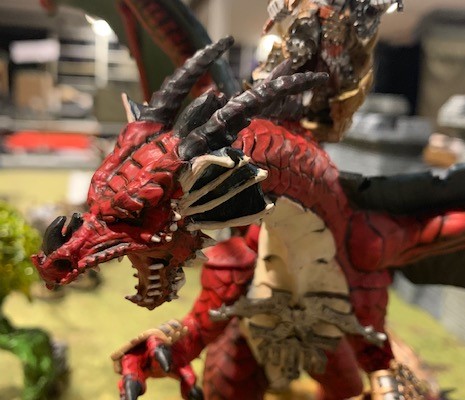
A quick lunch, an ill-considered burrito, and I was back at it. My opponent is the guy I’ve taken to calling No-Chill, but whom, from now on, I’ll call the Enthusiast because he’s not a bad kid, and I think he probably deserves a better name.
The Enthusiast’s Khorne Dragon turned out nicely, his supplemental troops white-skinned and beleathered in tribute to Mad Max: Fury Road. His whole conception of his army was quite fun, and he doted on this game pieces in a fatherly way to which I could relate.
We would play the same game we’d played before: the Duality of Death map. This involved two objectives that had to be captured and held by either a Behemoth or Hero; so captured, each objective would pay off cumulatively with points at the end of each round, so that they’d pay off once in the first round, twice in the second, and so forth. As ever, his army was the dragon, and the dragon his army. My intention was to log his centerpiece up with my Plaguebearers and otherwise ignore him. Gutrot Spume, my deepstriking but untried wrench in the ointment, had an ability that could shut down one of the dragon’s powers in the combat round, a potentially devastating but risky Plan B. By necessity, I would attempt to force a tie in objective-scoring points. At the same time, I would try to score my secondary, secret objective (“Attempt and succeed at a Battleshock test”—something my team was good at) while sussing out and preventing his.
And, well, that’s what happened, more or less. My Plaguebearers held out for two whole turns against the Dragon, an historic record for any unit. Gutrot Spume never made it anywhere special, having flubbed his Advance rolls. There was no way of figuring out his secret objective until it was too late, so we tied. Despite this being a personal milestone—a game in which I did not technically lose to my opponent—it all felt pretty gamey and mechanical, as I imagine most games versus a gimmicky opponent must. In the end, I saw The Enthusiast’s point of view. A game about fantasy battles should have a large and nigh-unbeatable dragon as part of its functioning universe. It’s just hard to write fair, fun rules for its use.
I should note here that Morbidex Twiceborn died again, this time at the hands of mere foot soldiers. I’ve mentioned Morbidex before. He’s among the first large figures I’d ever painted for the game, the first big-ticket large figure I’d bought for myself rather than on commission. I was very proud of Morbidex, and chose him specifically because of his lore, which depicted him as the loving patriarch of the Nurglings, the scampering, cheerful little demons the like of which are found nowhere else in the Warhammer line. As was becoming increasingly clear, Morbidex had no rules with which to keep himself alive in conflict, and tended to die before he could perform his neatest trick, which was to produce new Nurgling bases turn-by-turn. He was a weak buffer, a sponge for damage, and nothing more. A harder player of the game would have made plans to sell the figure off for something more effective.
After this round, another break. We were to place our best representatives figures out for judging in the painting competition while we broke. Honestly, I had very little competition in this category. Some had primed models, some were unadorned plastic. One or two people had painted their generals with care and attention, and at least one person had hired someone to professionally paint their Idoneth Deepkin Tidecaster (the Deepkin are a race of elves that live under the sea, according to the marketing lore, and ride to battle on waves of mist) but that was just the single, impressive model.
During the break, I ran into my first opponent at a nearby coffee shop, and we talked for a few minutes. A asked him how long he’s been playing, and was surprised to learn that he’s only jumped in last summer, during the second reboot of the Sigmar franchise. He’d long played 40k, however, and said he was tired of the imbalances in that game, particularly as they centered around the shooting phase. “If you think that the first-turn problem is bad in Sigmar,” he said, “wait until you try 40k. The person who rolls off for first wins almost every time. It’s nearly pointless.”
ROUND 3
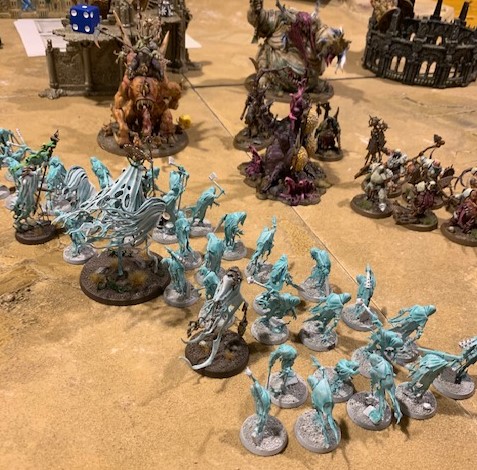
The final round. This time, I was up against one of the myriad Nighthaunt players. It is easy to bring an army of ghosts like the Nighthaunt up to painting standard with a white undercoat and a quick wash of some greenish out-of-the-bottle technical paint like Nighthaunt Gloom of Nihilakh Oxide. As a result, his army looked spectral and impressive, and he’d paid special attention to his Black Coach, one of my favorite models in the game and the centerpiece of his own army. My opponent was good humored throughout the round, and told me up front that his job and his recent child made the Nighthaunt a natural army for him, as they were easy to paint and relatively easy to field. I had a touching mental vision of the guy, a large man, toweringly tall, crouched before his painter’s bench, within sight of a sleeping infant.
Our mission was Knife to the Heart, a sudden death mission featuring two objectives. Capturing both of them by the end of the third or any subsequent round would mean total victory and an end to the game. I knew the Nighthaunt relatively well, and their tricks were simple. They all disallowed any “Rend” characteristic, giving them an equal chance at survivability against even the most piercing weapon. They all flew across the board at speed, ignoring obstacles. Finally, up to half of the army could deep strike, appearing just about anywhere on the board. They did not hit hard, but they could control the board with ease.
Nevertheless, I bunched my army up at the line, as close to his army as possible, and forwent any of the backline tricks one used to prevent deepstriking. Nurgle are known for the lack of Rend characteristics upon which so many other armies depended, and so I sought out one of my few opportunities to truly physically bully another player’s army through sheer force of bile and fat. My intention was to hack my way through his frontline to the objective behind, while keeping my own objective safe and sound with a few figures in back. This was not a great plan, opening me up to being surrounded on every side, but I committed to it.
I had the first turn and walked right up into his territory. My Gnarlmaw was perfectly positioned so that I got my Battleline soldiers up front and fighting in the first turn, taking out a few of his Chainrasp infantry. Even Morbidex got a few swipes in. On the far end of the map, Gutrot and his band of Blightkings overtook and killed one of the smaller Nighthaunt leaders. Rotigus, however, flubbed all of the spells which would have really softened up my opponent’s turn, and so the turn flipped over.
His ghosts swarmed, as ghosts do. Most of their attacks were ineffectual against my powerful Battleline, and so poured his attacks into Morbidex, my punching bag, leaving him hanging by a thread with one or two points left. He kept his reserve troops in the first and second rounds. So it went. Morbidex died, so did a whole host of Chainrasps. The center of the board was a massive tarpit of bodies, wailing into each other. In the third round, the Nighthaunt reserves appeared in my back line, surrounding the small force of Nurglings I’d left to defend the objective. They all failed their charge rolls, however, by which point time was called.
It was another tie. Honestly, my opponent would have won if he wasn’t such a friendly guy, stopping to note a particularly beautiful rash of buboes on one of my figures, or to discuss his own drybrushing technique on his own. Only near the end did he attempt to rush things forward, having recognized his extra diegetic mistake. Had he given himself another turn, he probably would have won, and won handily. Shrugging, we shook hands on it.
We hung around for results and a group picture. My last two opponents and I wound up in the middle of the pack, with myself closer to the bottom. I won the painting contest by nearly unanimous consent (my vote having gone to the Khorne dragon), and for my effort I received a thirty-dollar gift certificate to the host store, thus tripling the investment I had made to join the tournament. My first opponent won second in a tie with another person. The ultimat winner was someone I’d neither played against nor met, a Death player who brought Nagash, the King-Sorcerer of all Undead. I’ve browsed his warscroll. Apparently, he has a spell which, if cast, allows his owner to hide a die within one of two closed fists. If their opponent chooses poorly, they lose a figure. Just lose it, be it Rotigus or Morathi or a Khorne Dragon. Obviously, such an ability is total bullshit, and a complete travesty. In sounded sort of fun, if seen in a certain light, but come on.
Don Quixote was written in parts and serialized, as happened with many novels in Cervante’s time, when the form was still nascent and truly novel. One of the delights of the book comes halfway through, when learned people begin to tease Quixote on the previous adventures they’d read about in previously serialized adventures, fantastic adventures which the hero Quixotically reaffirmed as true. This ongoing blog has been an opportunity for me to do the same, the perform the same ritual of guilelessness, and the reaction I’ve heard most is a typical gamer’s umami of emotional ranging between disgust and boredom and nostalgia. Maybe the ring of mortality? Like Citizen Kane surrounded by all his statuary? Dunno. Mainly, it seems to have reaffirmed what everyone has always known, not just about this game, but about every game and every function that is not eating or working or sleeping or not falling back first into a grave—namely, that it’s a big waste of time.
These things are not a waste of time. I had fun at my tournament. I learned better how to play a very weird game.
--
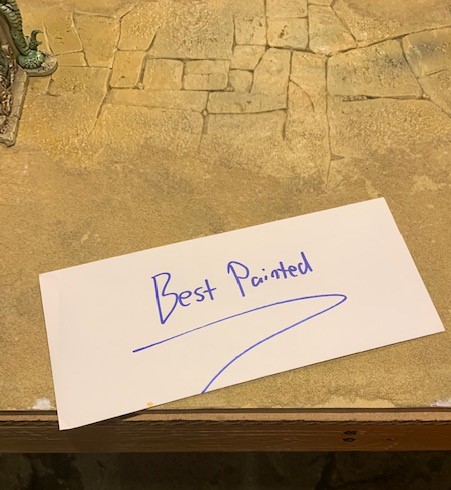
I used my prize money to buy the newly-released Skaven Battletome, owning as I did a few skaven models in randomly chosen assortments. Skaven, incidentally, are the ratpeople of the Age of Sigmar, prone to performing Frankensteinian experiments on their own kind, and in thrall to a meteoric magical rock called Warpstone that resembles nothing so much as modern Capital. I had read somewhere that this tome would finally reunite the various clans of Skaven, making the hodgepodge of figures I’d already collected legal. Unlike some other games in the genre, or even by the same company, Warhammer: Age of Sigmar fiercely restricts the building of tournament-legal troops through strategic keyword insertion and repeal. Officially, these restrictions exist for the sake of balance, though I have always suspected that they exist to direct players to purchase less-favored product lines in multiple quantities.
Still buzzing with pleasure from the day’s long tournament, I lay down and tear the shrink off the book, only to discover the most byzantine, restrictive and bizarre set of list-building instructions I’d ever encountered in a book. Not only were the models I owned invalidated, but would have to be replaced outright to even approach a workable army. And, once again, it was total bullshit, and a complete travesty.
 Games
Games How to resolve AdBlock issue?
How to resolve AdBlock issue? 